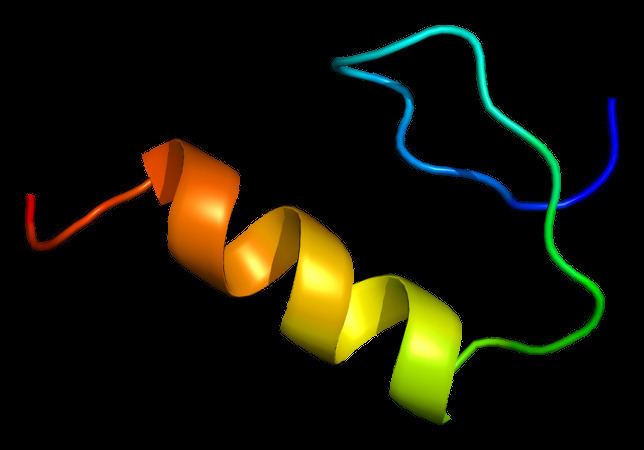Aliases SP1, entrez:6667 Human Mouse Ensembl ENSG00000185591 | Species Human Entrez 6667 | |
 | ||
External IDs OMIM: 189906 MGI: 98372 HomoloGene: 8276 GeneCards: SP1 | ||
Transcription factor Sp1, also known as specificity protein 1* is a protein that in humans is encoded by the SP1 gene.
Contents
Function
The protein encoded by this gene is a zinc finger transcription factor that binds to GC-rich motifs of many promoters. The encoded protein is involved in many cellular processes, including cell differentiation, cell growth, apoptosis, immune responses, response to DNA damage, and chromatin remodeling. Post-translational modifications such as phosphorylation, acetylation, glycosylation, and proteolytic processing significantly affect the activity of this protein, which can be an activator or a repressor.
In the SV40 virus, Sp1 binds to the GC boxes in the regulatory region (RR) of the genome.
Structure
SP1 belongs to the Sp/KLF family of transcription factors. The protein is 785 amino acids long, with a molecular weight of 81 kDA. The SP1 transcription factor contains a zinc finger protein motif, by which it binds directly to DNA and enhances gene transcription. Its zinc fingers are of the Cys2/His2 type and bind the consensus sequence 5'-(G/T)GGGCGG(G/A)(G/A)(C/T)-3' (GC box element).
Applications
Sp1 has been used as a control protein to compare with when studying the increase or decrease of the aryl hydrocarbon receptor and/or the estrogen receptor, since it binds to both and generally remains at a relatively constant level.
Inhibitors
Withaferin A, a sterodial lactone from Withania Somnifera plant is known to inhibit Sp1 transcription factor.
Interactions
Sp1 transcription factor has been shown to interact with:
